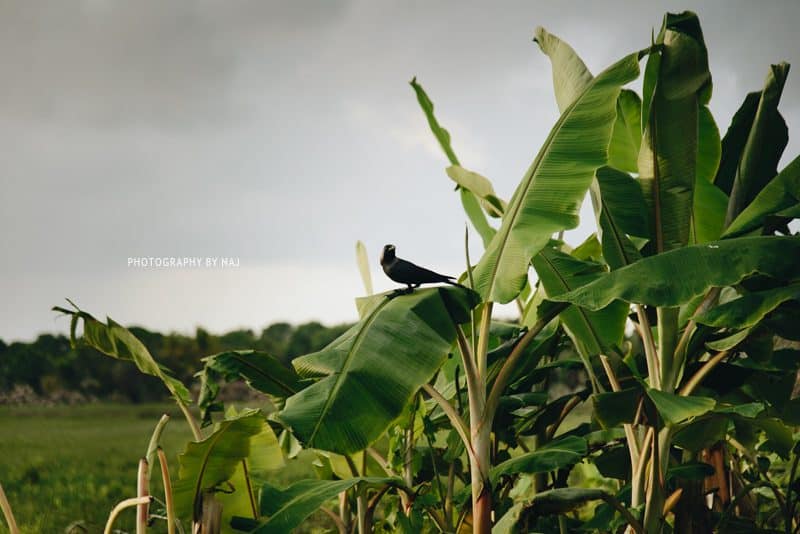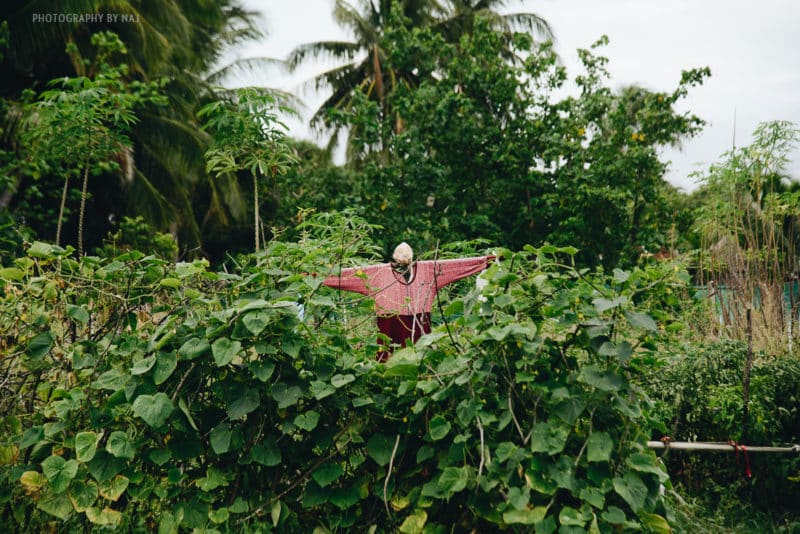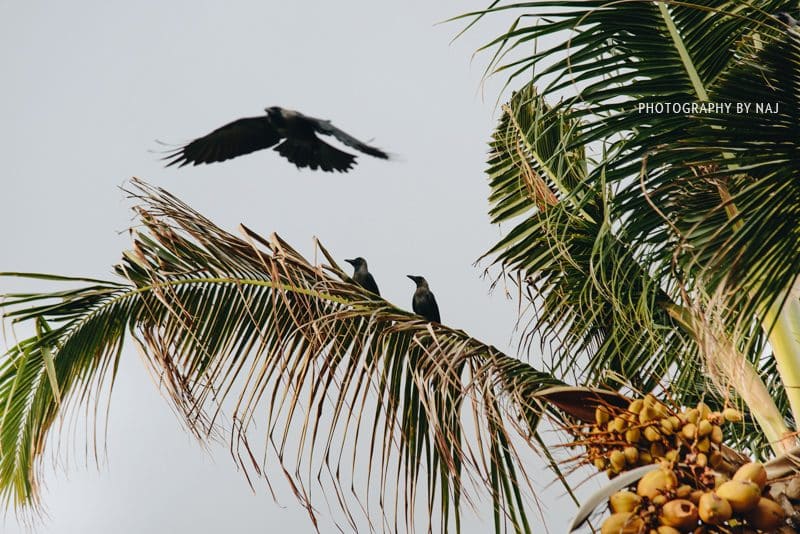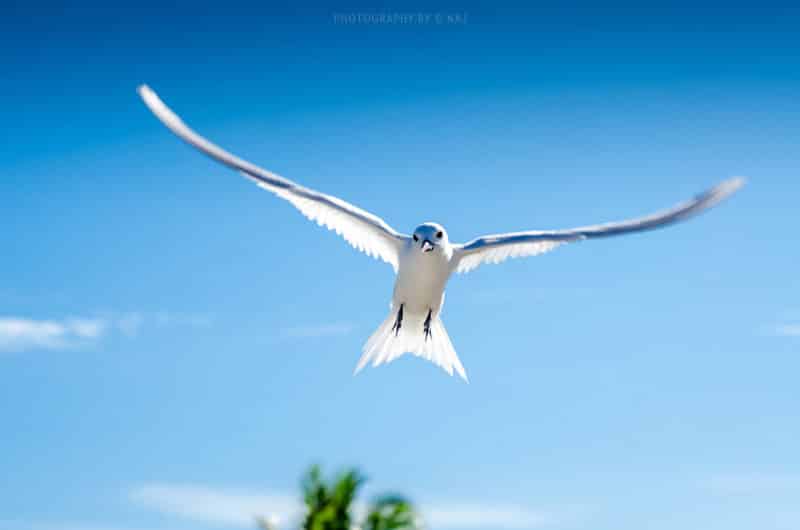Words by Daniel Bosley; Pictures by Aishath Naj
In the Maldives, to be called ‘dhooni’ (bird) is a term of affection. When everything is going well in your marriage, you’re a bird, but when things turn sour, you might become a crow.
For while most of the Maldives’ many bird species are considered harmless – except maybe the tricky Maakana – the House Crow, or kaalhu, is labelled a pest. When your other half drops the ‘dhooni’ and starts calling you ‘bodu kaalheh’, it’s probably time to pack a bag.
But maybe there’s still hope. After all, the relationship between people and crows in the Maldives does go back a long way.
Mythical stories of the Maldives earliest known king, Koimala, often feature a crow helping the prince and his bride navigate their way to Male’; the species is also referred to as the Indian – or Ceylon – crow, mirroring the continued confusion over Koimala (and Dhivehi) heritage.
But crows weren’t only for exiled royalty, as ancient seafarers across the world are thought to have used them to spot far-off land; the terms ‘crows nest’ and ‘as the crow flies’ are thought to have originated this way.
Flock together
Both the humans and the crows now found themselves in the Maldive islands without any natural predators (Malabaris and Portuguese don’t really count) and their numbers grew rapidly. As opportunistic omnivores known to be both sociable and (sometimes) intelligent, the new animals flourished in close proximity to their fellow travellers…and the crows benefitted too!
The honeymoon was soon over, however, and as domestic life began, relationship trouble started. The birds played a useful role in pest control, consuming unwanted insects, plants and waste from the villages, but as the humans began to pursue careers in agriculture, they came to feel that the crows were holding them back. What used to be cute was now just annoying.
The Crowes greatly indanger the Inhabitants; for they are so bold, that they will come into the Houses; and take any thing, although men be present, of whom they are not awhit afraid.
– Francois Pyrard (1602)
As the tension grew in paradise, attempts to cull the crow population failed. Efforts to kick the crows out of Fuvahmulah, for example, seemed to upset the natural ecosystem, giving rise to a more damaging species of beetle and casting doubt over the wisdom of this trial separation. Scarecrows still continue to offer relationship counselling on the island’s watermelon patches.
Further south, however, it seems the humans successfully divorced the kaalhu some time ago. Lesser-heard local legends suggest it was one of the early Arabic scholars who introduced the people to the dhondheeni, or White Tern – a species found exclusively in the southernmost atolls.
The attractive, but fiercely possessive, dhondheeni is thought to be the reason there are so few crows in Addu atoll, with the new suitors having driven out the old. The fairy tern has since become a symbol of the south, though some surely regret the split. The loss of crows, and their nests, has left nowhere for the Asian Koel to lay its eggs, and so the distinctive call of these cuckolded cuckoos is a rarity in Addu atoll.
The breakdown in human-crow relations was perhaps best demonstrated in 2012, at the height of political tension in the capital, when the furious opposition were searching for a symbol to represent those they felt had stolen power from them.
They chose the crow, introducing a cage full at their protest site in Male’.
And so, it seems the differences between people and crows may be irreconcilable, but, as neither appears to be going anywhere soon, this marriage of convenience will have to continue.
For more on Maldivian wildlife, visit bluepeacemaldives.org, whose excellent article on crows provided much of the information – and inspiration – for this article.





Leave a comment